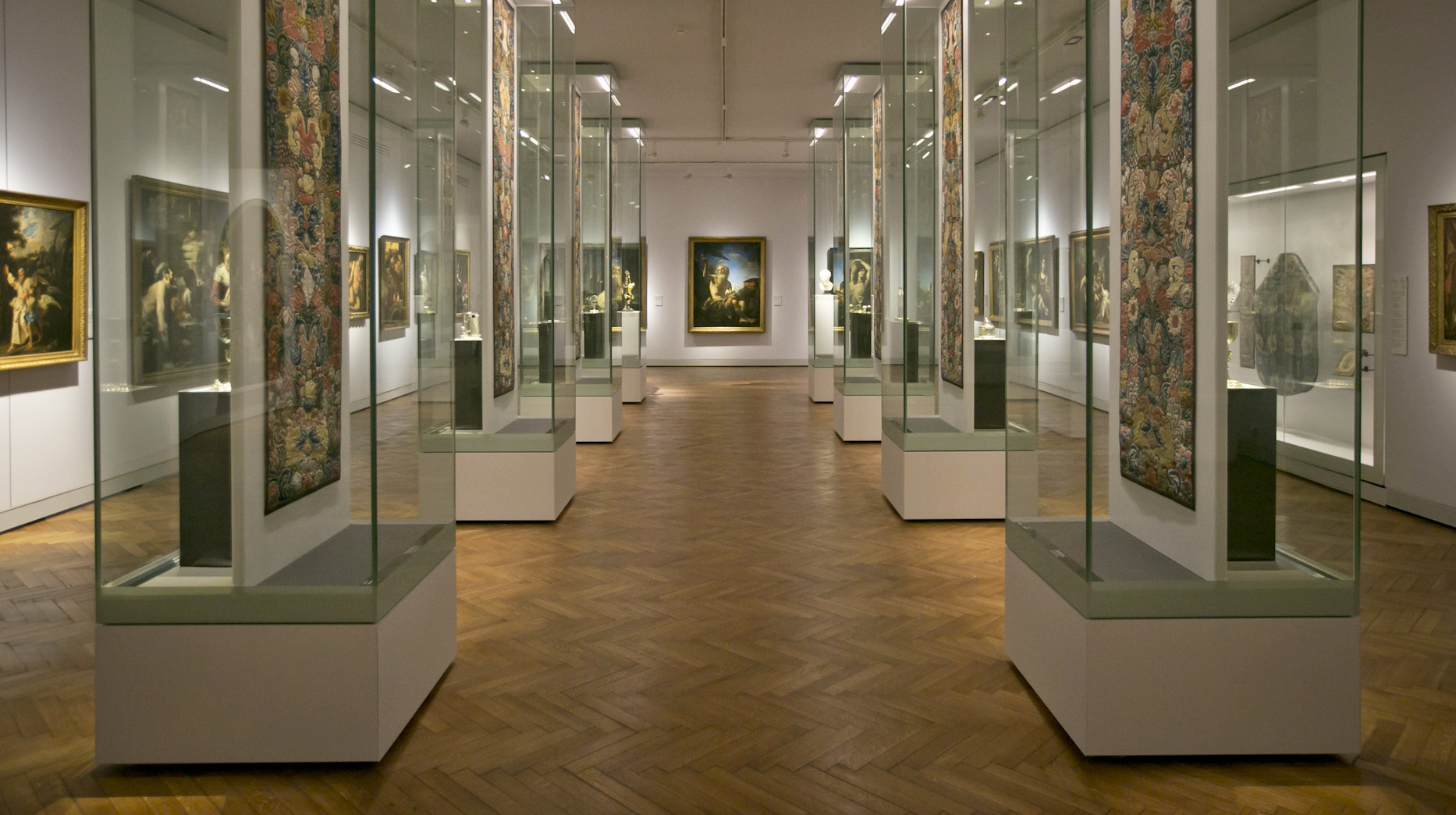
Foreign Coins, Tokens & Jettons Gallery

Foreign Coins, Tokens & Jettons Gallery
The finds shown below demonstrate the diversity of visitors and occupiers of the village over the years bringing with them their own types of coins.
In addition there are examples of tokens and jettons.
Everything in this gallery was found in Martham over the past 50 years by a small number of dedicated metal detector enthusiasts. They have spent many hundreds of hours field walking.
Dates in brackets represent the period the coin was minted.

English Jetton, Edward I to Edward III.
(1272 to 1377)
Contributor A.
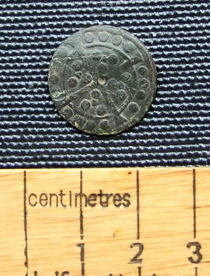

14th century Jetton of Charles IV of France (1294-1328) showing the King under a Canopy on the obverse side.
Contributor A.

English Jetton made into a brooch copied from a coin of Edward III. 1327-1377.
Jettons were produced across Europe from the 13th to 18th centuries. They were used as counters for calculations on a counting board similar to an abacus.
Contributor PD.

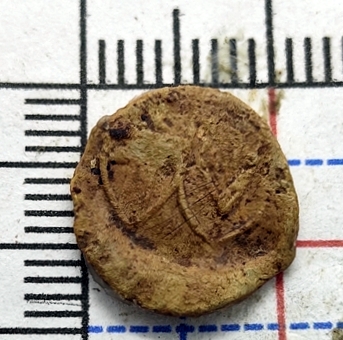
Lead token of the Commonwealth period 1649-1660. One surface contains the relief-moulded design of the commonwealth, the cross of Saint George and the Irish harp, within two shields with the word COMMONWEALTH around them. The reverse and the edge are both plain.
The contributor wishes to remain anonymous.
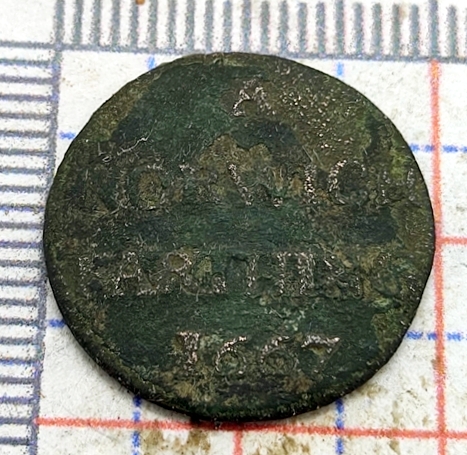

Norwich farthing token of 1667.
The contributor wishes to remain anonymous.


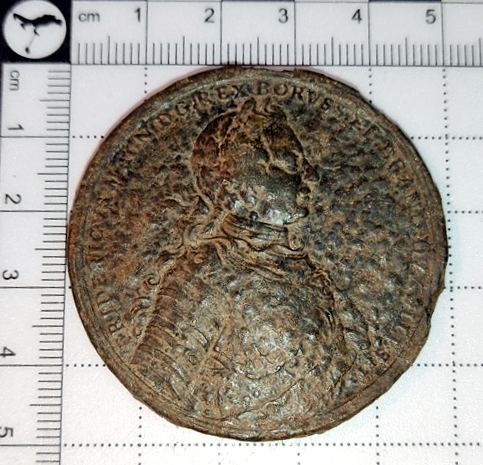
This is a commemorative medal celebrating the victory by Frederick II of Prussia over Austria at the Battle of Prague in 1757.
Frederick II (Frederick the Great) 1712 – 1786 was King of Prussia from 1740 until his death in 1786. The Battle of Prague was fought on 6th May 1757 during the Seven Years’ War. Frederick’s 64,000 Prussians forced the 60,000 Austrians to retreat, but having lost 14,300 men, decided he was not strong enough to attack Prague.
Why on earth this medal was lost in Martham remains a mystery.

Trade tokens were often used as a substitute for money by farmers and manufacturers. Those used in Martham were mainly associated with Bracey’s fruit farm. Fruit pickers would be paid in tokens based on the weight of fruit they had picked. They could then exchange them for cash at the end of a day or week. It has been suggested that Bracey’s also had a shop where the tokens could be exchanged for goods as if they were real money.
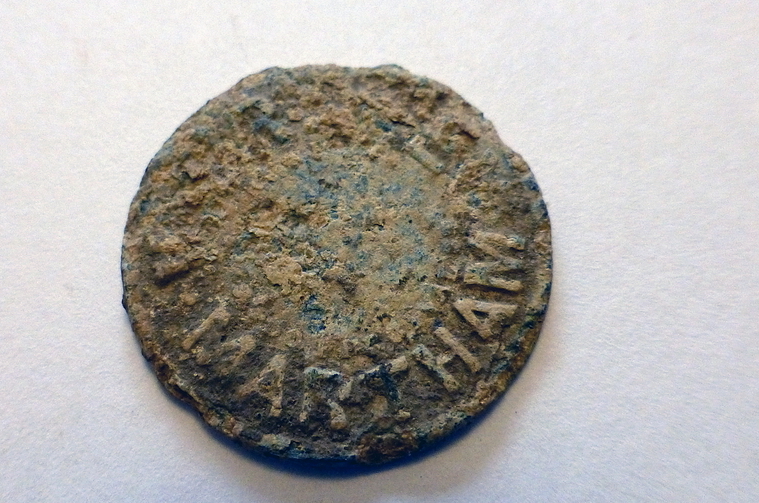


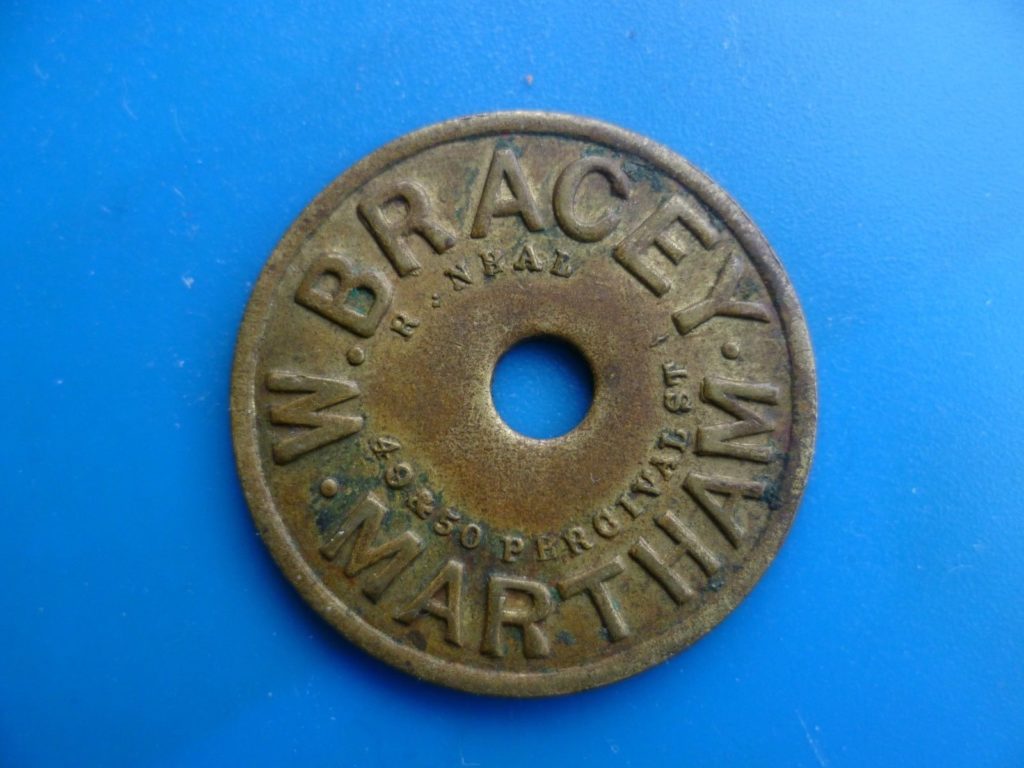
Both the above tokens were contributed by Jean.

